July 30 is World Day Against Trafficking in Persons. This year’s theme per the United Nations is “Leave no child behind in the fight against human trafficking.”
In honor of this year’s theme, let’s look at some of the facts surrounding child trafficking. Keep in mind that data around human trafficking is still limited, as it remains one of the most underreported crimes and faces several challenges in data gathering.
Despite limitations, several organizations are leading the way in human trafficking data—informing policies, laws, and procedures around the world with every new piece of data discovered. Last month, the U.S. Department of State released one such report, now containing some of the most up-to-date information on human trafficking around the globe: the 2024 Trafficking in Persons Report.
All that being said, here are eight of the latest data and statistics on child trafficking in the U.S. and around the world:
1. Approximately 1 out of every 3 trafficking victims is a child.

This number comes from the UNODC, although our data at Love Justice shows closer to 60%, and some countries that we work in, especially in South Asia, report over 90% of intercepted individuals to be minors. This discrepancy in data may be due to minors being easier for monitors to detect through our transit monitoring strategy, as well as operating in regions where child trafficking is more prevalent.
2. The gender split in child trafficking victims is nearly equal, with 17% being male and 18% female.
Contrary to popular misconceptions, boys are trafficked almost as frequently as girls, though they are more commonly trafficked for labor rather than sexual exploitation. These statistics are from the same UNODC report mentioned above.
3. The average age of a child trafficking victim is 14–15 years old.
This figure is based on court cases reported to the UNODC between 2012 and 2020 and includes all types of child trafficking.
 4. Child trafficking includes sexual exploitation, forced labor, forced begging, forced criminality, and forced marriage.
4. Child trafficking includes sexual exploitation, forced labor, forced begging, forced criminality, and forced marriage.Different types of trafficking vary by region. In general, higher income countries report more cases of sex trafficking, while lower income countries report more labor trafficking.
5. Africa, Central America, and the Caribbean report higher numbers of child victims than adult victims.
This statistic comes from the UNODC report listed above. Love Justice teams also report higher numbers of child victims in South Asian countries.
 6. Online recruitment tactics are increasingly popular, and children are online at younger ages.
6. Online recruitment tactics are increasingly popular, and children are online at younger ages.Polaris’ 2020 analysis noted a 125% increase in reports of recruitment in the U.S. through Facebook and a 95% increase through Instagram compared to previous years. Our teams around the world find this to be true in other countries, too, as they frequently report stories of young girls traveling to meet a boy they met on Facebook.
7. Unaccompanied migrant children are some of the most vulnerable to child trafficking in the U.S.
Some 400,000 children have crossed the southern border without their parents since 2021, entering a faulty sponsorship program where many end up working full time, as reported by The New York Times.
8. Child marriage remains legal in many U.S. states, and four states have no minimum age requirement for marriage at all.
Child marriage is an issue because it can easily be a cover for forced marriage or sexual exploitation, preventing the predator from facing legal charges. According to a study by Unchained At Last, 300,000 children were married in the U.S. between 2000 and 2018, with the youngest being only 10 years old.
How can we fight child trafficking?

Children all over the world are especially vulnerable to trafficking when they lack strong support in the home. Although exact data is lacking, there is no doubt that children in the foster care system are at increased risk of being trafficked.
One of the best things we can do to fight child trafficking is to strengthen the support available to children. This can take place through adoption and better foster care, or it can be as simple as offering to help out a family with kids from your church or neighborhood. Cook meals; babysit; donate diapers, clothes, groceries, or other necessities. Let the children in your life know they are precious and cared for. By working together, we can create strong communities in which no child gets left behind.
At Love Justice, our anti-trafficking strategy stops child trafficking in its tracks as it is happening but before the child has been exploited. We work hard to get every at-risk child we encounter to safety and to put traffickers behind bars so they cannot continue to exploit other children.
Additionally, we operate 15 family homes for orphaned and abandoned children and also run a school that provides a high-quality education.
Support our work in protecting vulnerable children at the button below.
*All data and statistics current at the date and time of publishing. Names changed and some specific locations excluded for privacy and security purposes.
-1.png?width=500&height=500&name=LJI_MAINLOGO_WhiteBackground%20(1)-1.png)



/bimala_feature_blog.webp)


/boy_girl_asia_streets.webp)




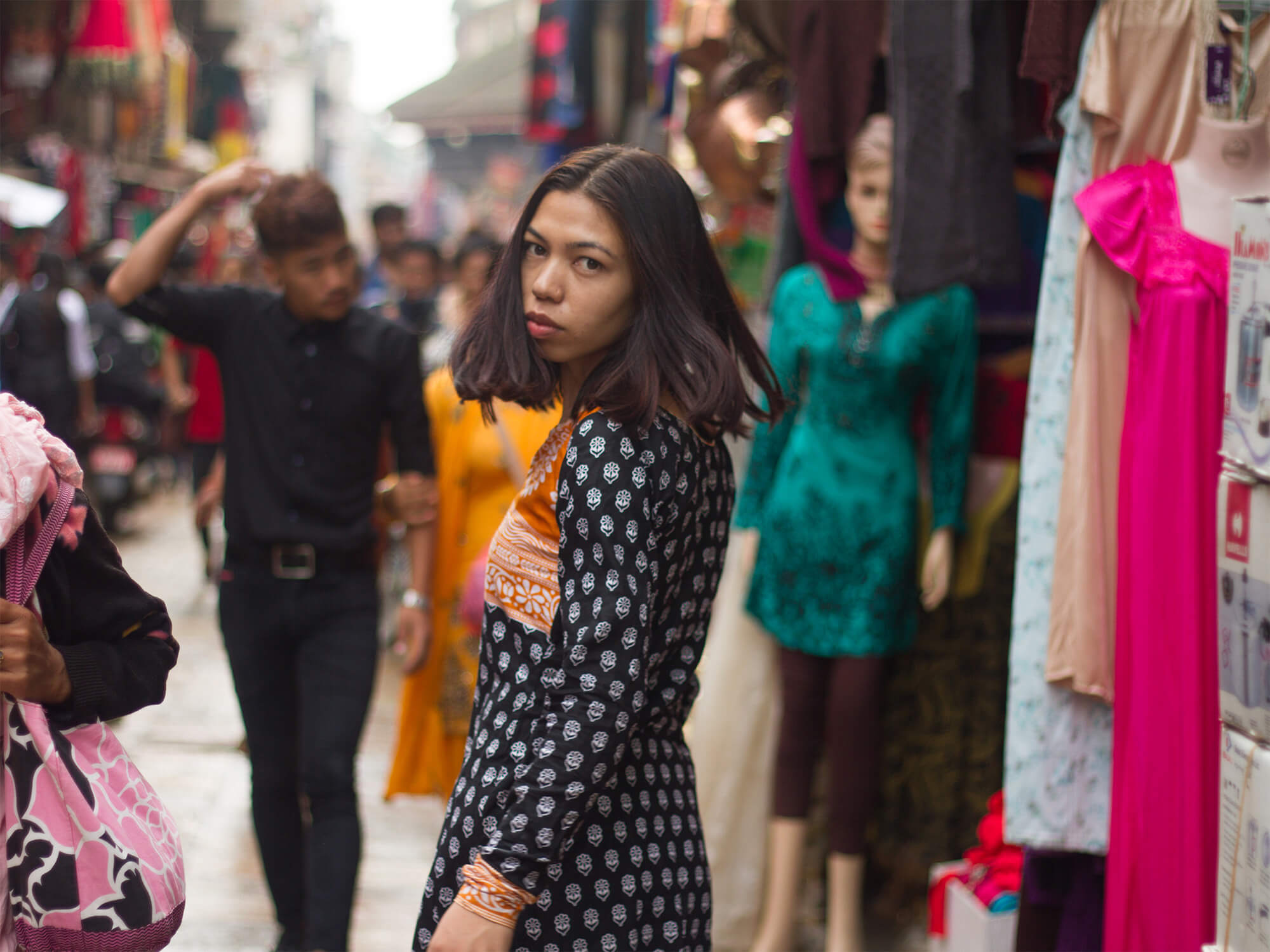

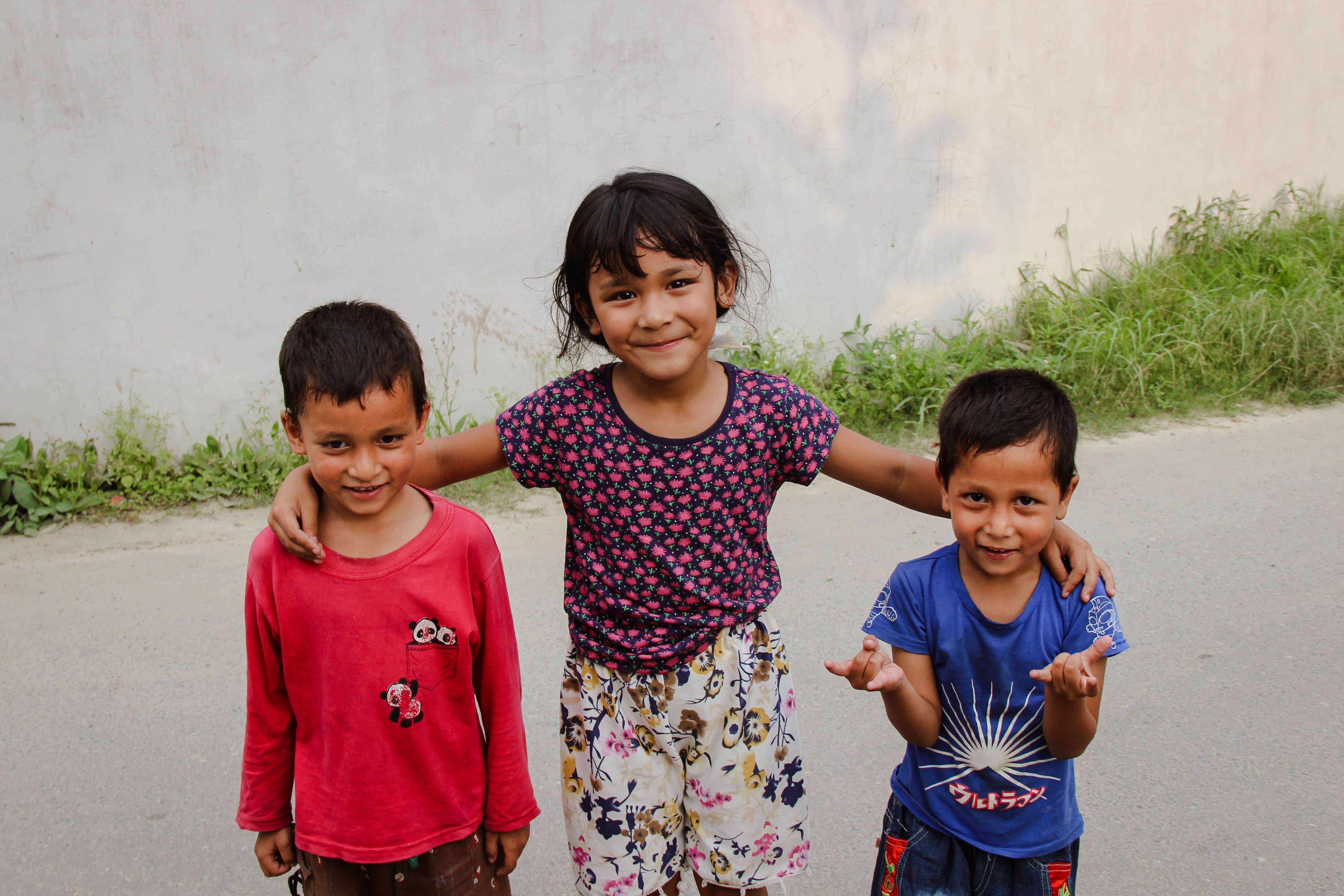
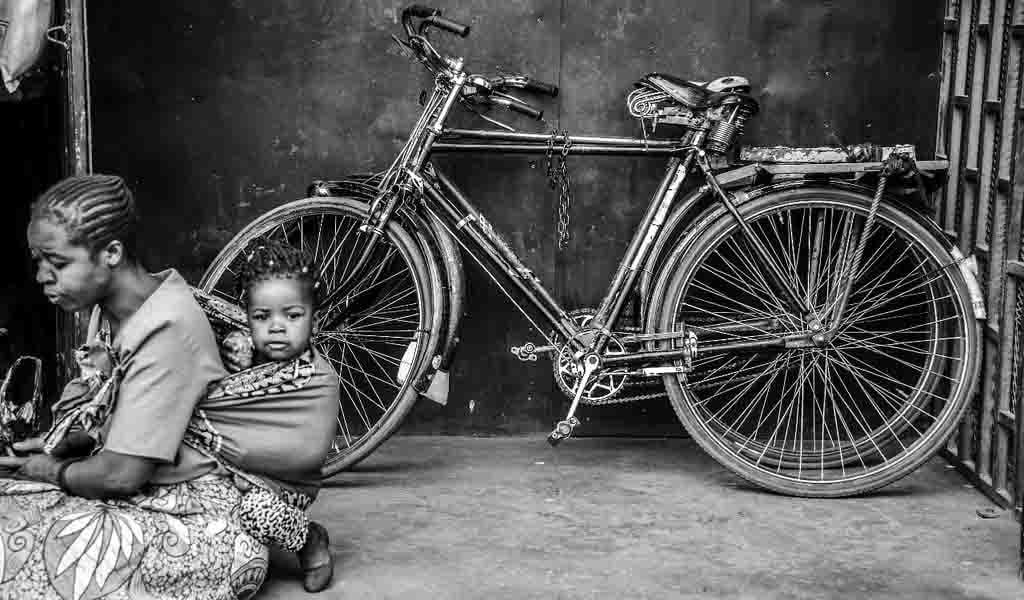
/Nepali_girl_2-1.webp)
/48039119848_54d4c1e6a3_z.webp)

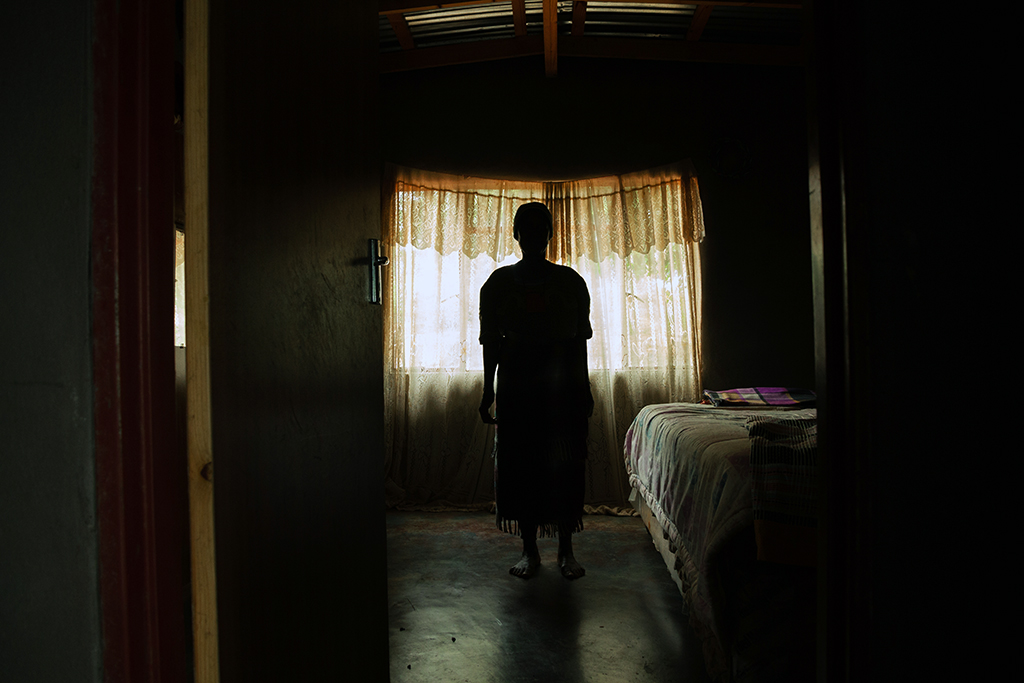
/covid_19_monitor_africa.webp)
/human_trafficking_prevention_month_asia_young_women_22.webp)
/young_woman_looking_out_end_human_trafficking.webp)
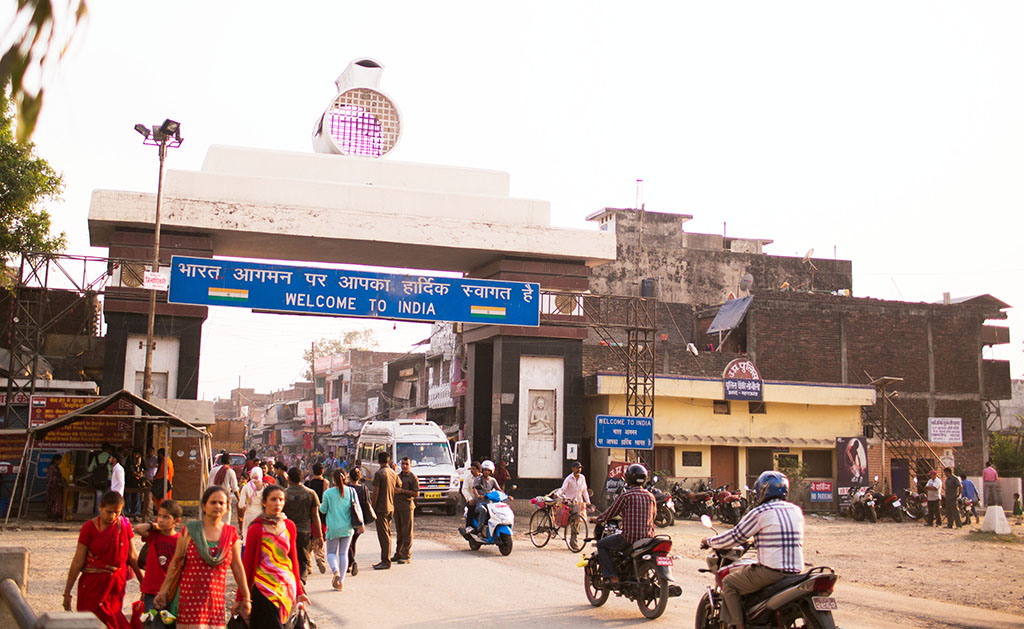
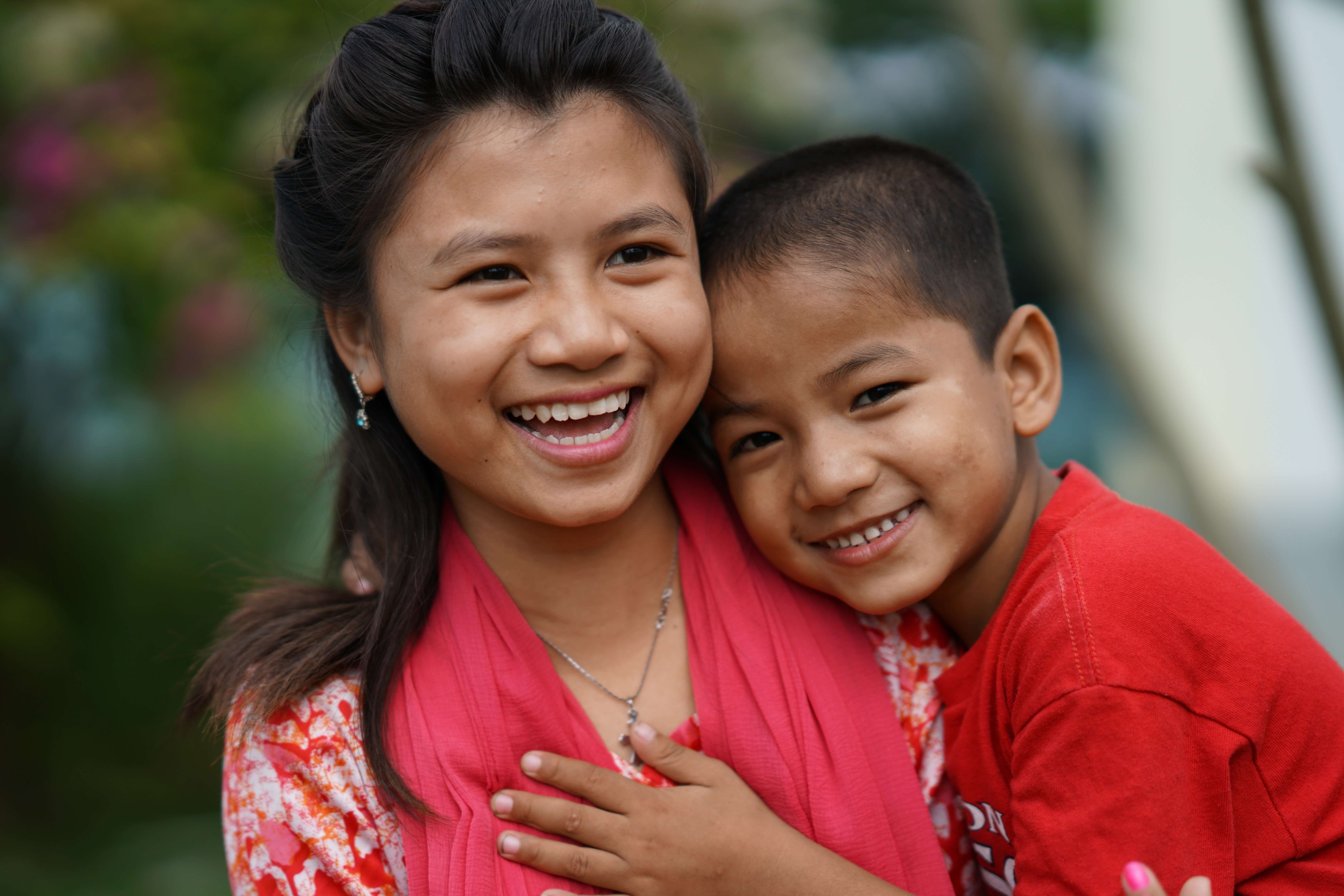




Post a comment